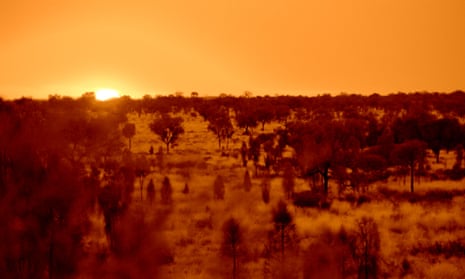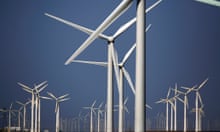Australia’s most important trading partners and allies, such as China, the US and the European Union are strengthening their responses to climate change. Australia will be left in the wake of these big economies (and big emitters), according to the latest Climate Council report Lagging Behind: Australia and the Global Response to Climate Change.
Australia’s retreat from being a global leader at tackling climate change is as impressive as our recent performances at the cricket. Looking on the bright side, even countries not known for their sunshine like Germany are going solar in a big way. Global momentum is building as more and more countries invest in renewable energy and put a price on carbon.
Thirty-nine countries are putting a price on carbon. The EU and China (now with seven pilot schemes up and running) are home to the two largest carbon markets in the world, together covering over 3,000m tonnes (MtCO2) of carbon dioxide emissions. There’s also plenty of action in the US: 10 states with a combined population of 79 million are now using carbon pricing to drive down emissions, including California, the world’s ninth largest economy.
Yet, here in Australia, we now hold the dubious distinction of being the first country to repeal an operating and effective carbon price.
Like carbon pricing, support for renewables is also advancing worldwide. In the last year, more renewable energy capacity was added than fossil fuels. Globally renewables attracted greater investment with US$192bn spent on new renewable power compared to US$102bn in fossil fuel plants.
China is leading the charge on expanding renewable capacity. At the end of last year, China had installed a whopping 378GW of renewable energy capacity – about a quarter of renewables capacity installed worldwide, and over seven times Australia’s entire grid-connected power capacity. China continues to work towards ambitious capacity targets for 439GW of renewables by 2015 and 900GW by 2020. China is also acting to limit coal consumption in an effort to tackle air pollution and climate change.
Despite over 1m households installing solar power on their rooftops, uncertainty looms large over Australia’s renewable energy target. This uncertainty is stifling investment – 70% less in 2014 compared with the previous year. Australia’s commitment to tackling climate change resembles a teenager’s resolve to get out of bed in the morning.
The federal government’s shiny new Direct Action plan, with a lofty 5% emissions reduction target, has been described by some as a “Mickey Mouse” scheme. Yet as the host of the upcoming G20 Summit in Brisbane, rather than shirtfronting other member countries, Australia has an ideal opportunity to work with the international community and join the big guns – China, the US and the EU – in making progress on climate change.



